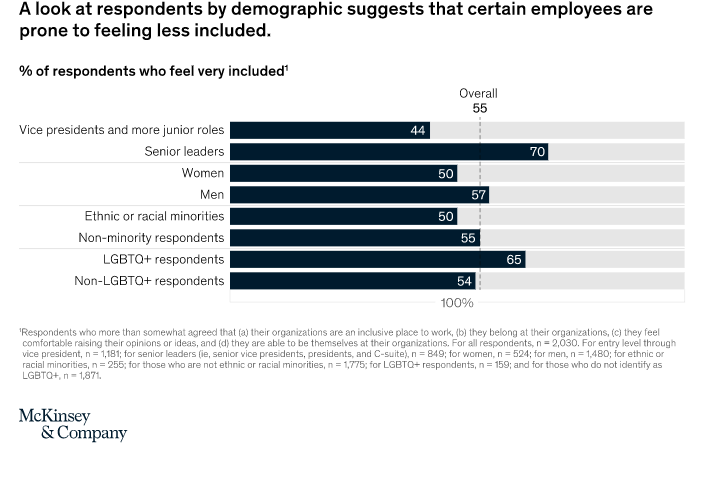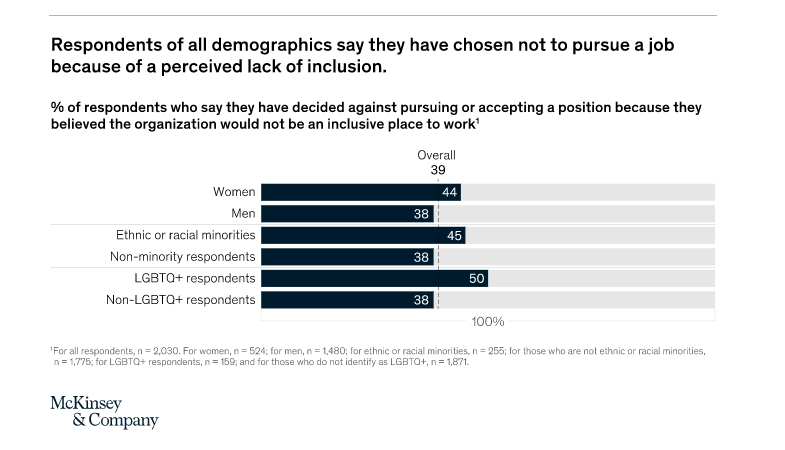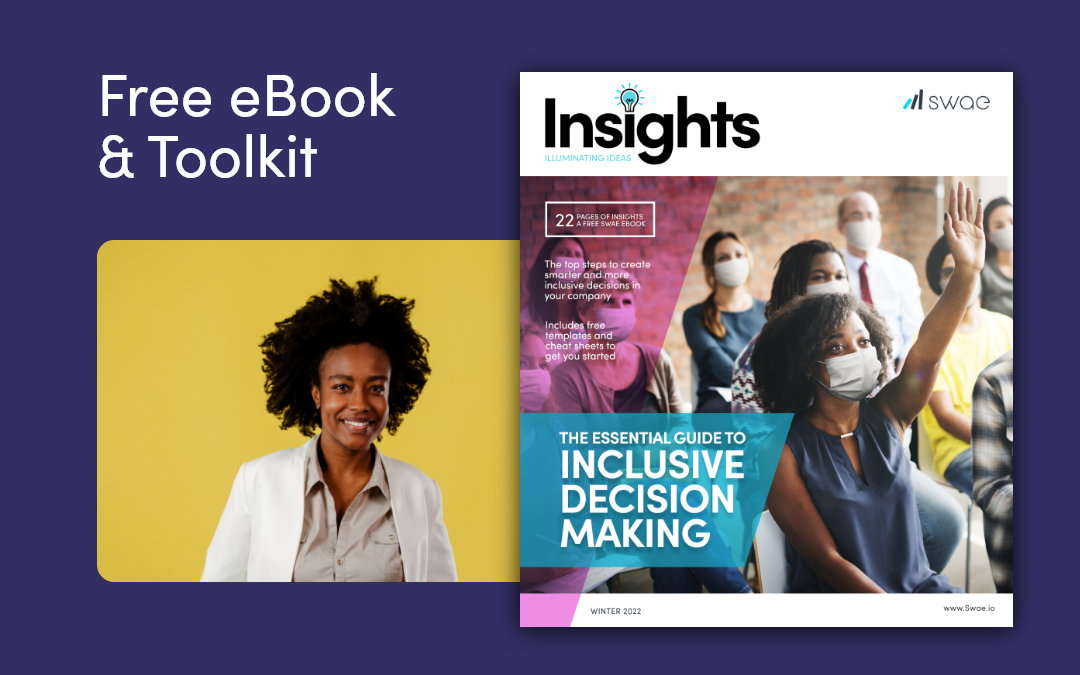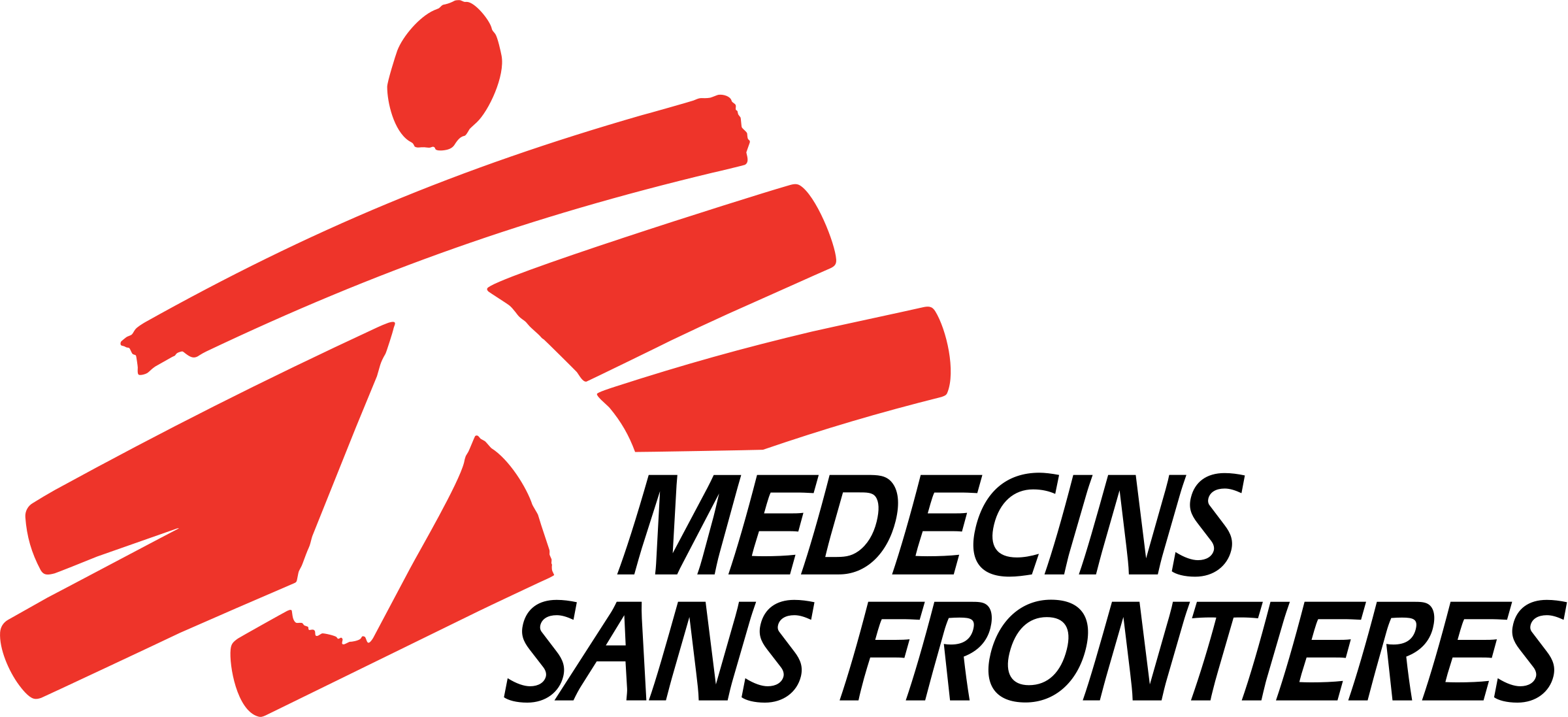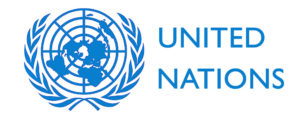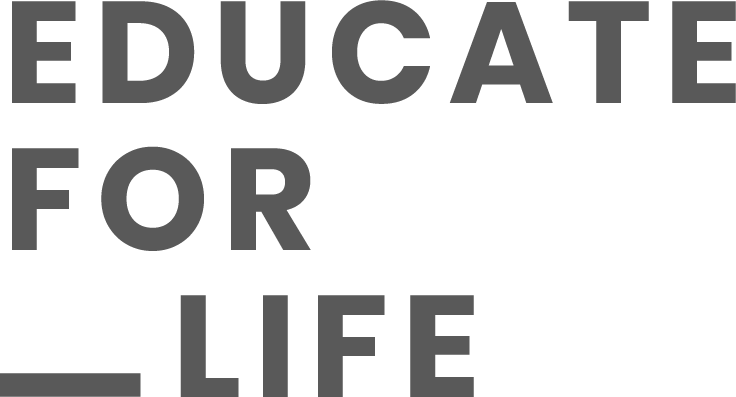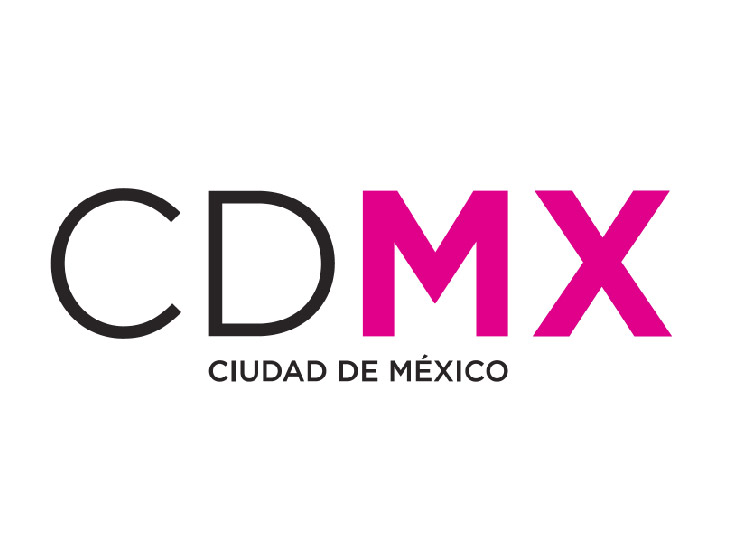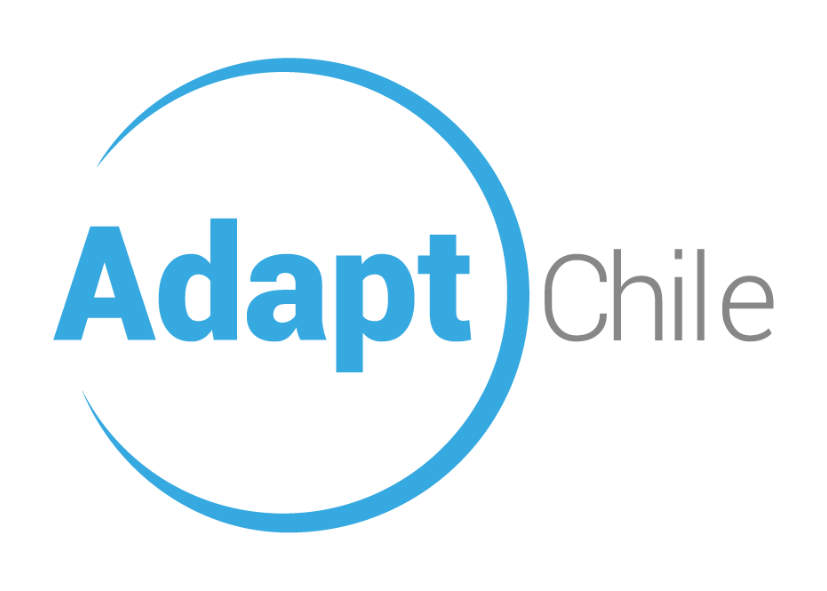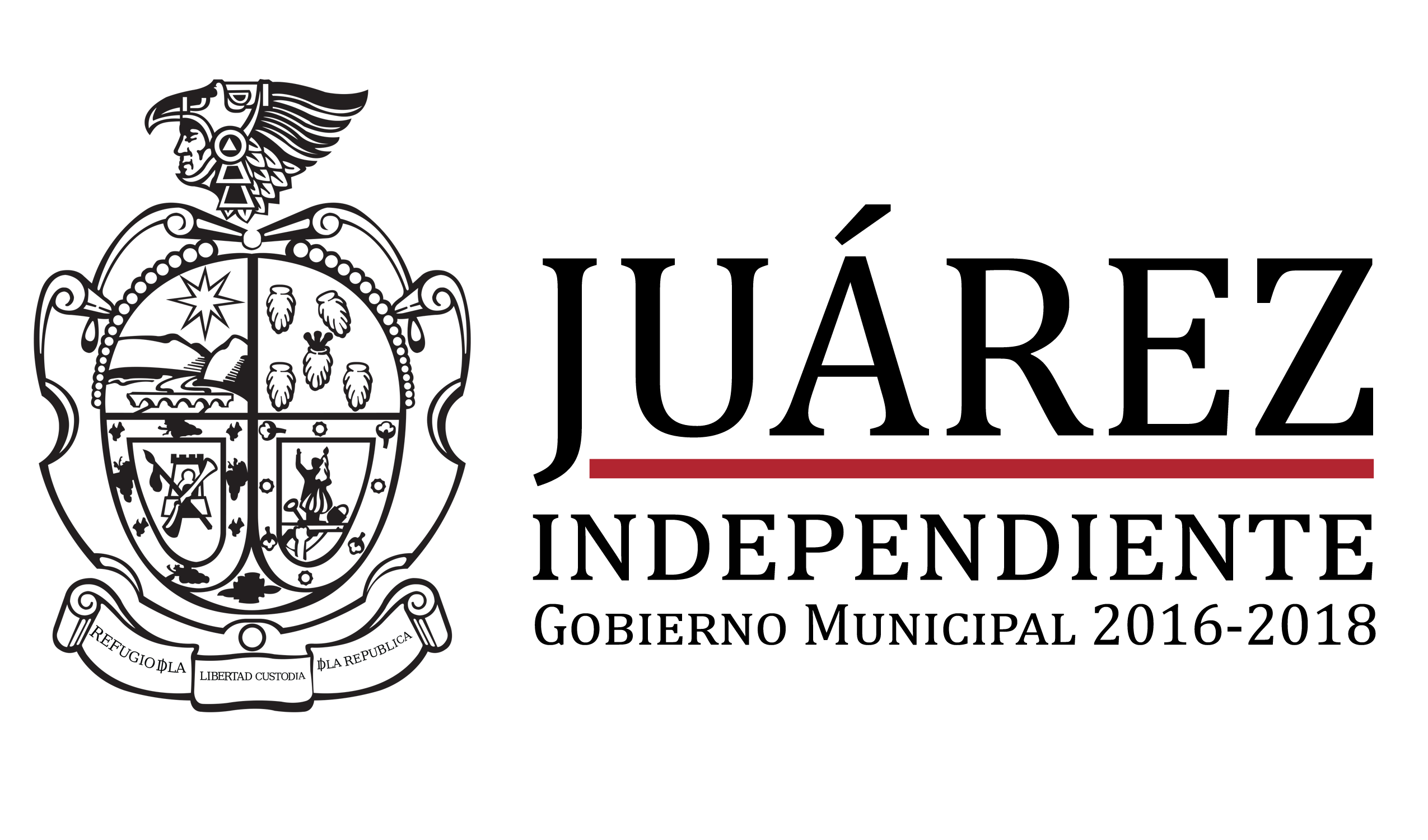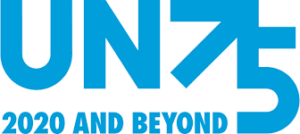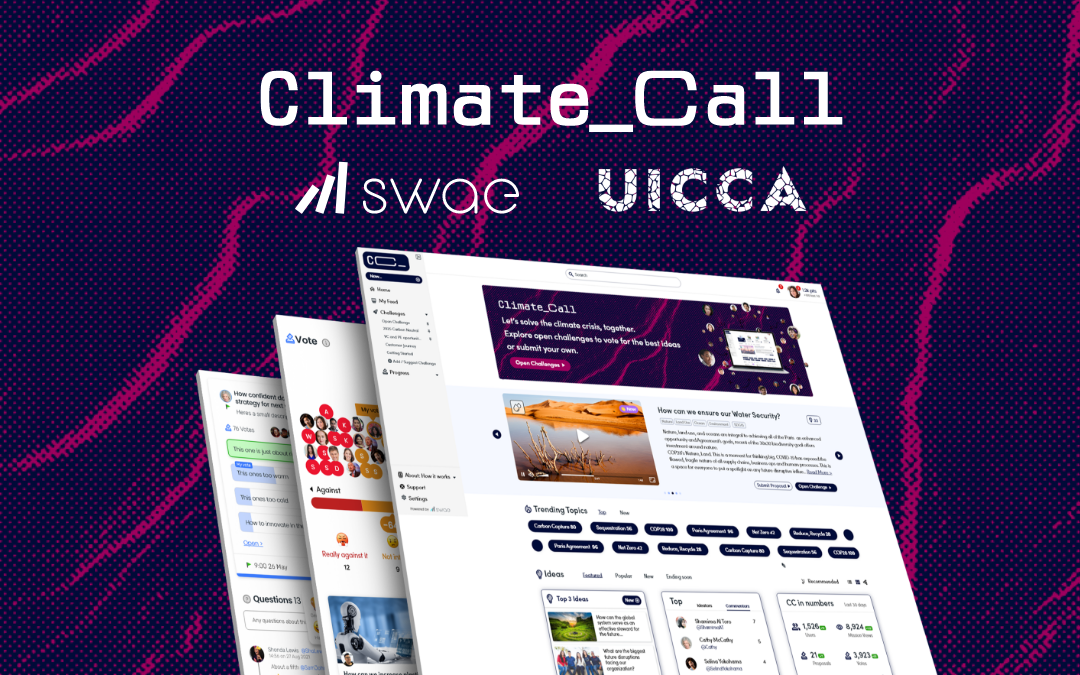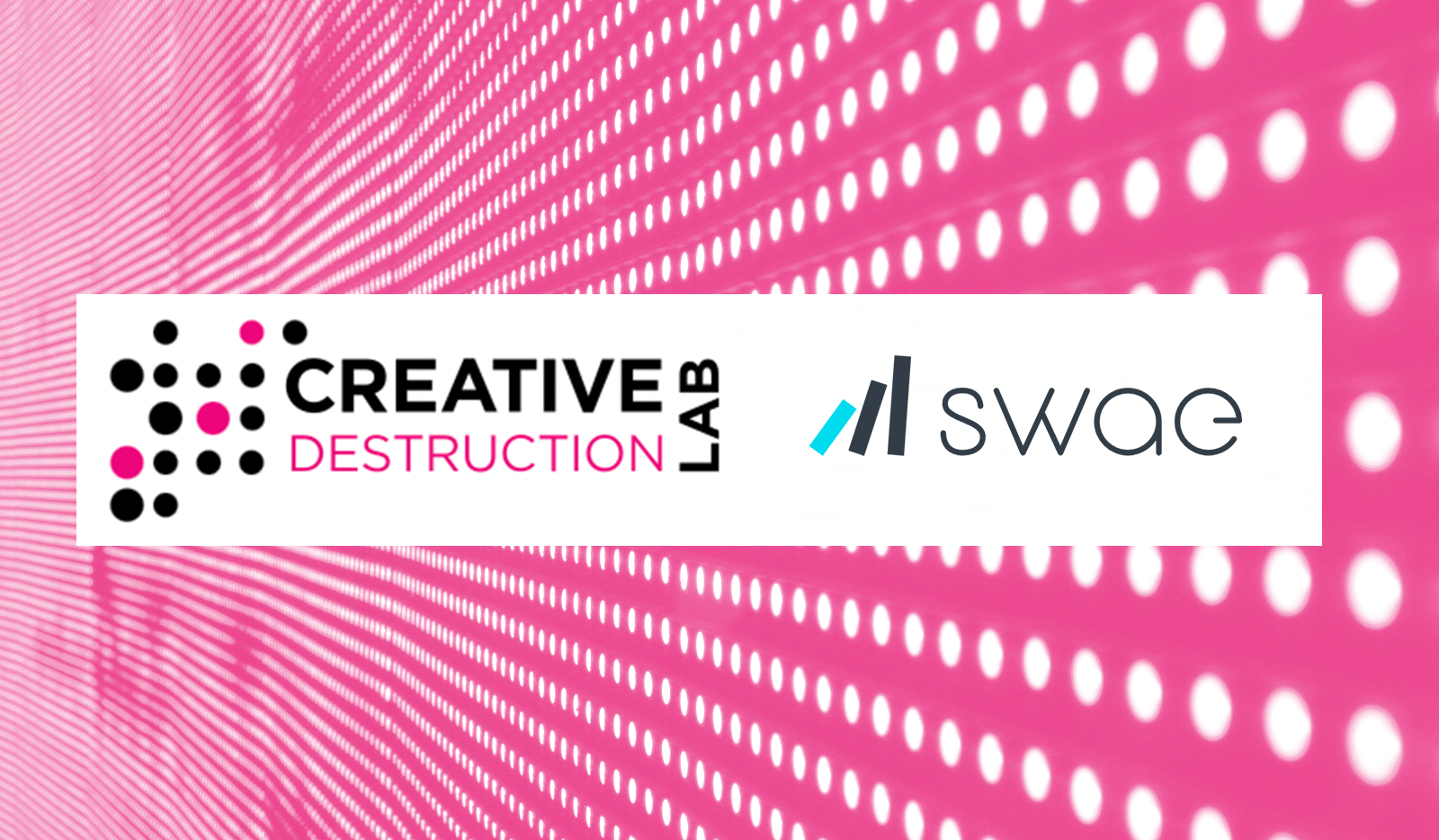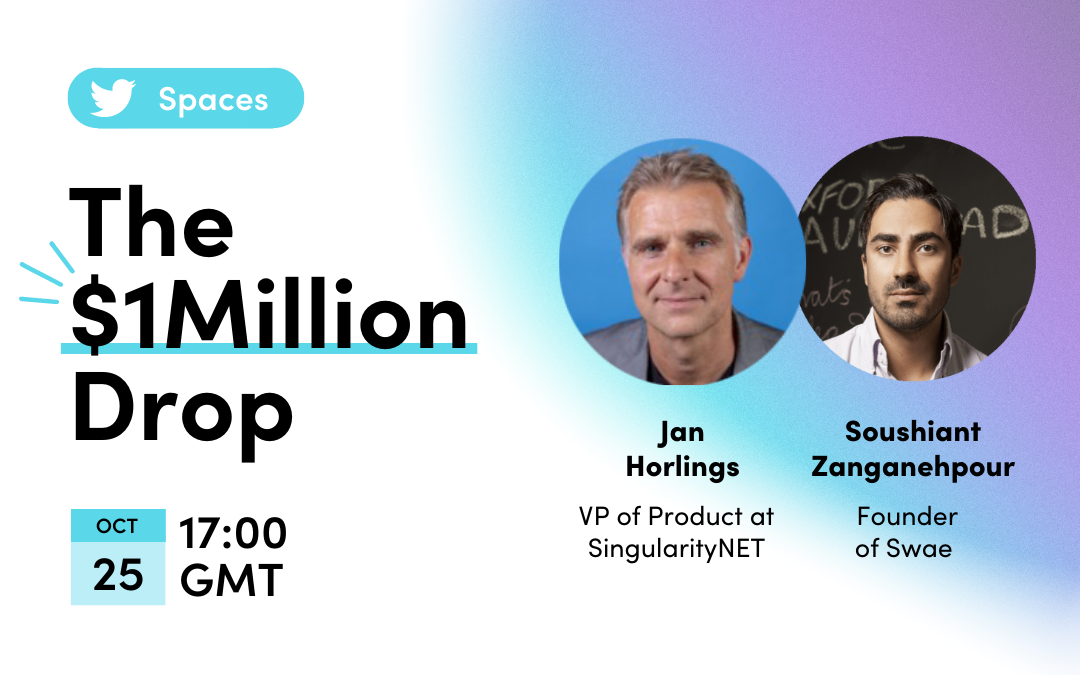How to be seen as a Brilliant and Bold Leader [Become a great Communicator] 1 June 2022 4 min ReadThis is a recap of Harvard Business Review @HarvardBiz ’s Good Leadership is About Communicating Why, by Nancy Duarte @nancyduarte. Becoming a bold leader means that...

How to make Diversity, Equity & Inclusion Initiatives your secret weapon
Recap of the MIT Sloan Study, DEI Practices That Have an Impact
As many organizations strengthen their commitments to diversity, equity, and inclusion in the workplace, leaders need clarity on specific positive actions they can take. For more info- read on or watch this clip:
When it comes to DEI programs and initiatives ‘one size fits all’ doesn’t work.
MORE KNOWLEDGE | LESS TIME
The Two Minute Takeaway
How many organizations say they have “strong DEI programs” yet fail to execute anything truly game-changing for their people?
We would say way too many if we would guess, and we all know that actions speak louder than words!
“We have decades of research saying how fraught diversity, equity, and inclusion can be. How do we change that?” asks Stephanie Creary, an assistant professor of management at the Wharton School, who co-authored a large-scale research study that shows what practices underlie positive diversity, equity, and inclusion (DEI) outcomes.
Research from Creary’s May 2021 report she co-authored at Wharton is called “Improving Workplace Culture Through Evidence-Based Diversity, Equity and Inclusion Practices,” which describes evidence-based insights that identify which specific actions lead to which kinds of changes.
This study states to meet in the middle so that everyone can sync around immediate concerns to address. Many DEI programs are “one size fits all,” and when it comes to DEI programs and initiatives, that doesn’t work.
Creary’s research found that certain practices are more influential in driving specific outcomes than others, so the job is to assess the deeper issues that need to be fixed and drive the DEI action steps from there.
There must be an overarching goal to strive for, not a templated approach.
In Creary’s Work/22 video presentation of their research, some of the more significant takeaways are:
KEY TAKEAWAY 1
KEY TAKEAWAY 2
KEY TAKEAWAY 3
KEY TAKEAWAY 4
You can watch her full Work/22 presentation video with the seven workplace practices here: https://youtu.be/Rk6bFxEh-6o
Why This Matters
Swae’s CEO/Founder, Soushiant Zanganehpour, has been researching the “why” behind DEI for a long time, and what is found repeatedly is that many companies like to fill their websites full of marketing fluff that they’re all about DEI. Yet, the actions behind these efforts are often sparse, or worse, lacking altogether.
When it comes to DEI initiatives, companies can’t afford lip service anymore because people are expecting more. Here’s our recap of McKinsey & Company’s research here that states why employees desire more of their companies today to build more inclusive cultures (and what organizations can do about it).
Definition of lip service
:an avowal of advocacy, adherence, or allegiance expressed in words but not backed by deeds
Additionally, data proves time and time again that when inclusive environments are created, everybody wins. If you don’t believe us, believe this research we reported on also from MIT Sloan here with comprehensive insight about why inclusion matters and how it changes the game for all involved (especially the organization that does it right!).
So, how can a company move from DEI lip service to taking DEI actions that matter?
The answer is that it’s crucial to figure out which specific DEI actions lead to which kinds of changes and to start from there. This research provides seven focal points to get started (the report can be downloaded below).
Summary and Next Steps
The key is to pick one DEI initiative to focus on and keep working on that until it’s done, then select the following strategy and toolkit, and so on.
Trying to do it all at once never works and isn’t practical nor productive for anyone. That’s what sets up a workplace for DEI failure before they even get started.
Where is your organization making positive strides around DEI?
Where can your DEI programs be strengthened?
Comment below, we want to know!
Download the Report
Get the MIT Sloan Report for FREE
Join our community and get the inside scoop, the latest insights to hack your innovation and helpful tips from our gurus.
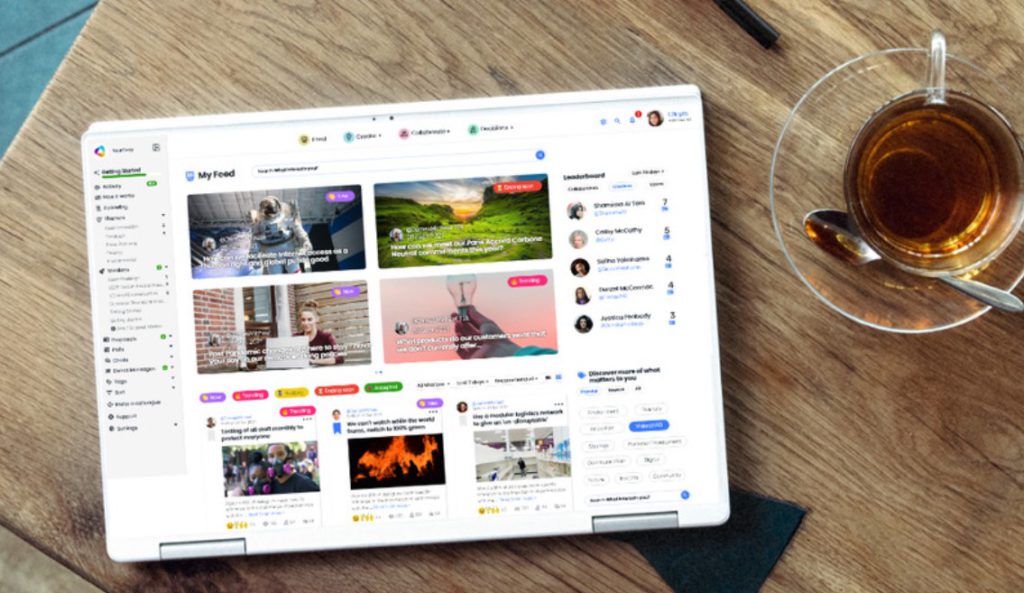
Swae is helping organizations across the world to solve today’s problems and generate tomorrow’s strategy. Our clients are finding that their greatest resource is their people, and Swae is proven to help get the best from the untapped potential within their workforce.
We’d love the chance to show you how Swae can help you find your next winning ideas…
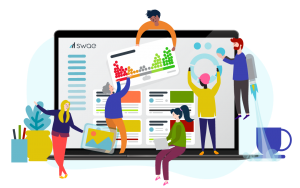
Ready to learn how Swae can help your organization?
More to explore…
How to be seen as a Brilliant and Bold Leader [Become a great Communicator]
Being Honest in Leadership Roles Helps Drive Innovation and Long-Term Success
Being honest in Leadership roles helps drive Innovation and long-term Success Doing Decision-Making Right Without Blinders On23 May 2022 5 min ReadThis is a recap of Harvard Business Review’s @HarvardBiz “Decisions Without Blinders” study. Being honest in leadership...
Many Companies Are Hiring Immediately [Research Shows People Desire Better Workplaces]
Many Companies Are Hiring Immediately [Research Shows People Desire Better Workplaces] Workers Are Quitting Their Jobs Like Never Before 15 May 2022 4 min ReadMany companies are hiring immediately and there’s a big reason why. U.S. workers are quitting their jobs like...



![How to be seen as a Brilliant and Bold Leader [Become a great Communicator]](https://swae.io/wp-content/uploads/Resources_Swae_Harvard_Business_review_How-to-Be-Seen-as-a-Brilliant-and-Bold-Leader-Become-a-Great-Communicator-400x250.png)

![Many Companies Are Hiring Immediately [Research Shows People Desire Better Workplaces]](https://swae.io/wp-content/uploads/Rew_Research_Swae_Many-Companies-Are-Hiring-Immediately-Research-Shows-People-Desire-Better-Workplaces-1-400x250.png)
![4 Ways to Build a More Inclusive Workplace [Your Employees Desire More]](https://swae.io/wp-content/uploads/Resources_Swae_McKinsey_Inclusive_workplace-1080x675.png)



